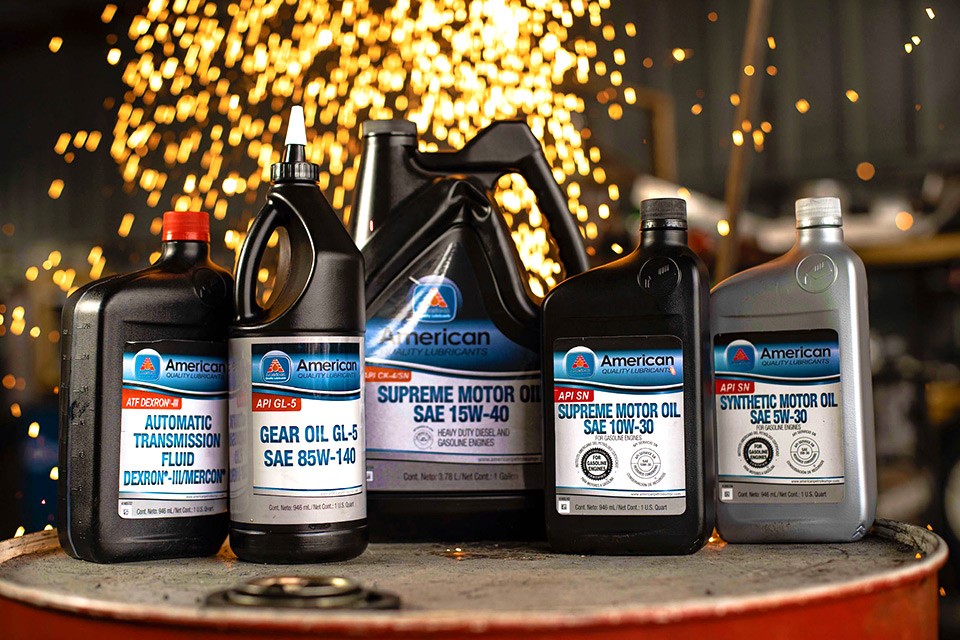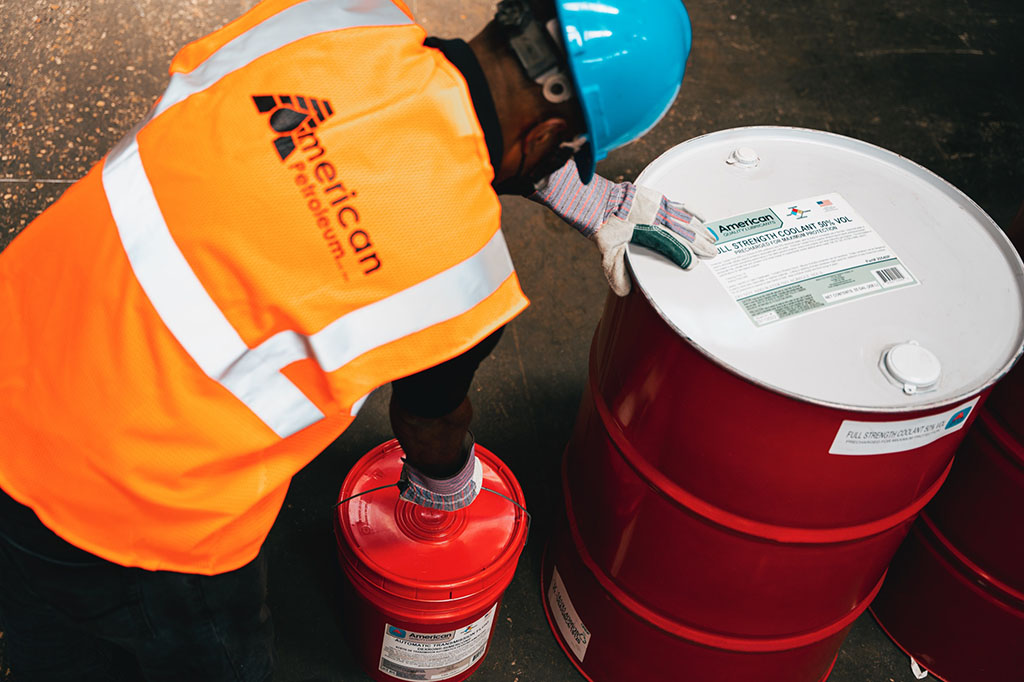During the oils/lubricants manufacturing processes, companies use the strictest standards of cleanliness and quality control, ensuring that the product leaving their plants meets the appropriate specifications.
Implementing the best practices for lubricant storage and handling is of fundamental importance for their preservation. Keep in mind that most machine and equipment breakdowns are associated with the misuse of lubricants.
In this regard, special attention should be paid to the storage and handling of lubricating oils. At the same time, the application carried out on any machinery must be carefully considered.
Best practices for oil/lubricant storage and handling
The storage location is key to the optimal conservation and use of the lubricating oil. In all cases, it is recommended that the product be stored indoors (never outdoors) and in a space where ambient temperature conditions are stable.
This facility should meet the following requirements:
- Adequate access for lubricant supply vehicles.
- Sufficient space for forklift circulation.
- Inventory control.
- Separation of areas for new lubricant and used lubricant for recycling.
- Organize containers by product type.
- Stock rotation. Maintain the “First In – First Out” criterion.
- Adequate safety elements.
- It is not recommended to stack drums on more than three levels.
Indoor storage and handling
This is the best option. The best practices for lubricant storage and handling indoor are:
- Cement floors or material to reduce dust.
- Explosion-proof lighting in all areas.
- Adequate ventilation.
- Temperature and humidity control.
- Sufficient space for maneuvering with the products.
- ABC chemical powder extinguishers.
- Leak and spill containment materials.
- Avoid storage next to solvents and other chemicals.
Outdoor storage and handling
You should avoid the storage of lubricating oils outdoors, as the risk of contamination is higher.
When the temperature drops, the product shrinks and, consequently, humid air enters. This humidity in the air causes condensation. In addition, when the temperature rises, this air expels because the product expands, leaving the condensed water inside.
To minimize the effects, the best practices for lubricant storage and handling outdoor are:
- Avoid high and low temperatures.
- Place lubricant containers on wooden or plastic platforms.
- Place containment dikes for spills.
- Store the smallest possible quantities, so that the product exposes for the shortest possible time.


